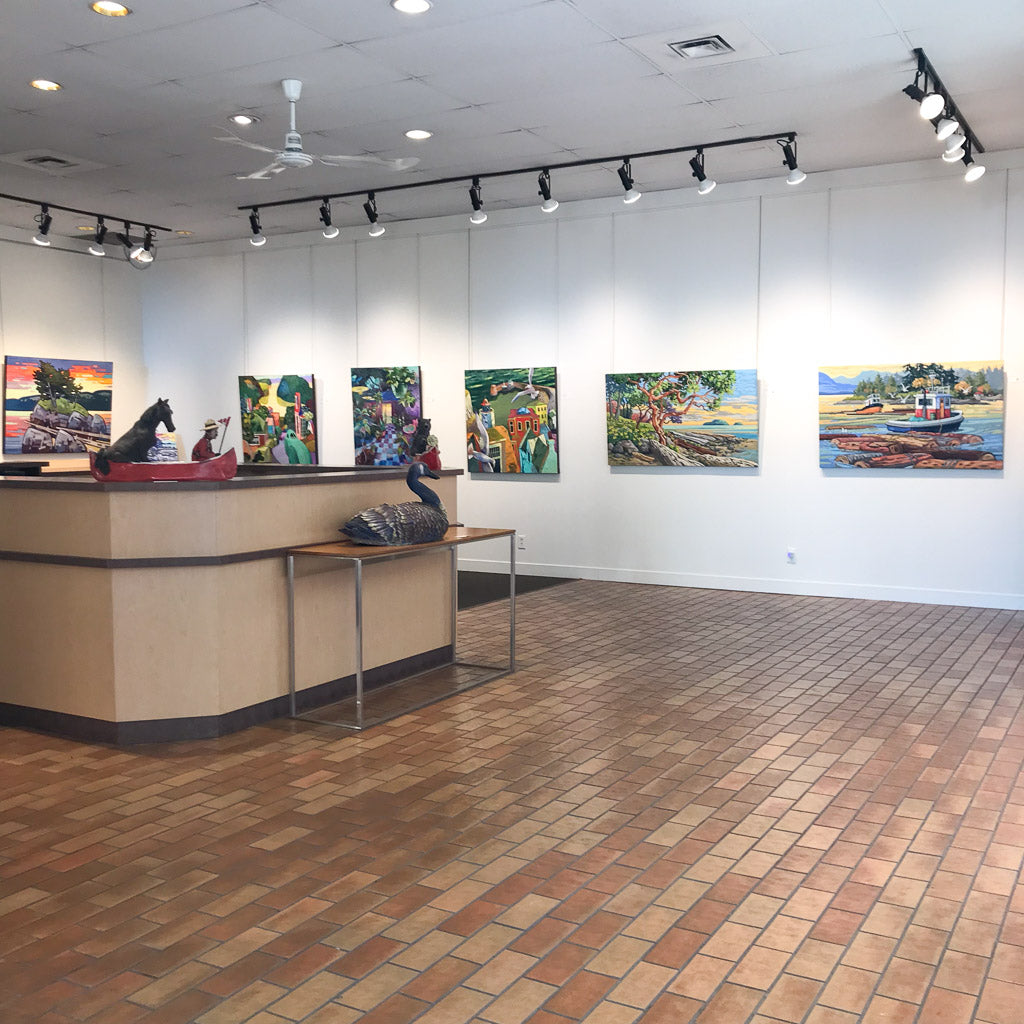Kenneth Michael Kirkby, a talented painter with Viking heritage, passed away
Kenneth Michael Kirkby, a painter with a lineage tracing back to Rurik the Viking, passed away at 82. Despite starting his life amidst the chaos of an air raid in London in 1940, Ken displayed remarkable resilience and perseverance.
At age sixteen, Ken held his first exhibition in Lisbon, which received critical acclaim and sold out at the opening. He then moved to Canada after the revolution in Portugal in 1958. Ken found work in northwestern British Columbia and spent the next five years travelling across the Canadian Arctic.
During a solitary walk in the tundra, Ken discovered an "Inukshuk," a massive stone cairn built in the likeness of a human. This inspired his creation of "Isumataq," the world's largest oil-on-canvas painting. Despite initial disinterest in his "Inukshuk" paintings, Ken's tenacity led to the recognition of his masterpiece. It brought attention to the realities of the North.
After this success, Ken turned his attention to the plight of the salmon in British Columbia's rivers. He became the president of the Nile Creek Enhancement Society in 2006 after a decade of dedicated work. Ken leveraged his art and networks to fundraise for the Society, which actively worked to rejuvenate creeks and revive essential salmon habitats.
In recognition of his significant contributions, Ken was awarded the Commemorative Medal for the 125th Anniversary of the Canadian Confederation in 1993. His work resides in prestigious public and private collections, including those of several members of the British Royal Family, former Canadian Prime Ministers Jean Chrétien and Pierre Elliot Trudeau, and The National Gallery of Canada.
Ken's legacy extends beyond his art and is a beacon for environmental conservation and social awareness. He is survived by his wife, artist Nana Cook, and his son Michael. Ken's life and work are a testament to the power of passion, creativity, and dedication, and his indelible impact will continue to inspire future generations and bring attention to the causes he held dear.
At age sixteen, Ken held his first exhibition in Lisbon, which received critical acclaim and sold out at the opening. He then moved to Canada after the revolution in Portugal in 1958. Ken found work in northwestern British Columbia and spent the next five years travelling across the Canadian Arctic.
During a solitary walk in the tundra, Ken discovered an "Inukshuk," a massive stone cairn built in the likeness of a human. This inspired his creation of "Isumataq," the world's largest oil-on-canvas painting. Despite initial disinterest in his "Inukshuk" paintings, Ken's tenacity led to the recognition of his masterpiece. It brought attention to the realities of the North.
After this success, Ken turned his attention to the plight of the salmon in British Columbia's rivers. He became the president of the Nile Creek Enhancement Society in 2006 after a decade of dedicated work. Ken leveraged his art and networks to fundraise for the Society, which actively worked to rejuvenate creeks and revive essential salmon habitats.
In recognition of his significant contributions, Ken was awarded the Commemorative Medal for the 125th Anniversary of the Canadian Confederation in 1993. His work resides in prestigious public and private collections, including those of several members of the British Royal Family, former Canadian Prime Ministers Jean Chrétien and Pierre Elliot Trudeau, and The National Gallery of Canada.
Ken's legacy extends beyond his art and is a beacon for environmental conservation and social awareness. He is survived by his wife, artist Nana Cook, and his son Michael. Ken's life and work are a testament to the power of passion, creativity, and dedication, and his indelible impact will continue to inspire future generations and bring attention to the causes he held dear.


